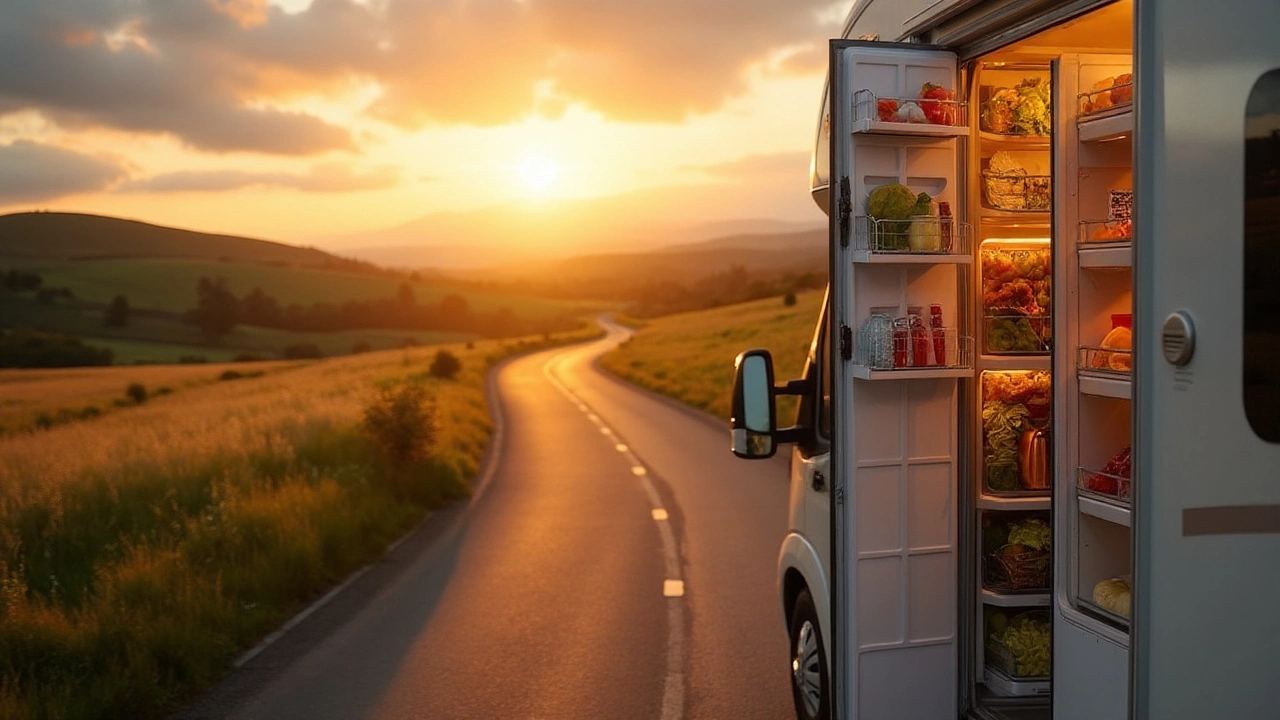Motorhome Tips: Simple Ways to Make Your Road Trip Better
Thinking about hitting the road in a motorhome? You don’t need a degree in engineering to enjoy a smooth trip. Below are down‑to‑earth tips that will keep you comfortable, safe, and on budget.
Pack Smart, Not Heavy
Start with a checklist. Bring only what you’ll actually use – a spare set of clothes, a few cooking basics, and the tools you need for minor repairs. Stack boxes low and centre of the vehicle to keep the centre of gravity stable; this makes steering easier, especially on winding roads. Use vacuum‑sealed bags for bedding and clothes – they cut volume and protect against moisture.
Don’t forget a portable power bank for phones and a small solar panel if you plan to stay off‑grid. A compact fire extinguisher and a first‑aid kit are non‑negotiable items that take up little space but can save a lot of trouble.
Driving and Safety Hacks
Motorhomes are taller than a normal car, so always check clearance heights at bridges and parking garages. Use your mirrors and a rear‑view camera if you have one; blind spots are bigger on a big rig. When you’re driving downhill, shift to a lower gear instead of relying on the brakes – this prevents overheating and gives you more control.
Plan fuel stops ahead of time. Big rigs don’t get the best mileage, so fill up when the tank is half full to avoid a last‑minute scramble. Keep a spare tire, a jack, and a lug wrench within easy reach – changing a tire on the side of the road feels a lot less stressful when you’re prepared.
Bathroom and Living Space Tips
Can you use the toilet while the motorhome is moving? In the UK it’s not illegal, but it’s risky. The waste tank can splash, and you might damage the seals. Best practice is to park, turn off the engine, and then use the facilities. If you must go on the move, use a portable urinal designed for RVs and empty it at the next dump station.
For showers, a quick‑dry towel and a water‑saving shower head make a big difference. Keep the shower curtain pulled tight to avoid water spilling onto the floor – a wet floor can lead to slipping hazards.
Power and Hook‑ups Made Easy
When you plug into a campsite, match the plug type to the outlet – UK sites usually have a 13‑amp socket. Use a surge protector to guard sensitive electronics. If you’re off the grid, a small inverter can run a TV or laptop, but don’t exceed the motorhome’s battery capacity.
Turn off lights, the fridge, and any non‑essential appliances when you’re not at the site. Every watt saved extends your battery life and reduces the need to run the generator.
Maintenance You Can Do Yourself
Check tire pressure weekly; under‑inflated tyres wear faster and reduce fuel efficiency. Inspect the roof seals for cracks before a long trip – a simple silicone sealant can fix most small leaks.
Run the engine for a few minutes every couple of weeks if the motorhome sits idle. This circulates oil and keeps the battery charged. And always carry a basic tool kit – a wrench set, screwdrivers, and duct tape are surprisingly useful.
Follow these tips, and you’ll spend more time enjoying the scenery and less time worrying about the motorhome. Happy travels!
Running Your RV Fridge Safely While on the Road
Traveling in an RV offers a world of convenience, mixing the freedom of the open road with the comforts of home. One common question among RV owners is whether they can run their refrigerator while driving. This guide sheds light on the safety, methods, and tips of keeping your food fresh on the move without compromising safety or legality.
